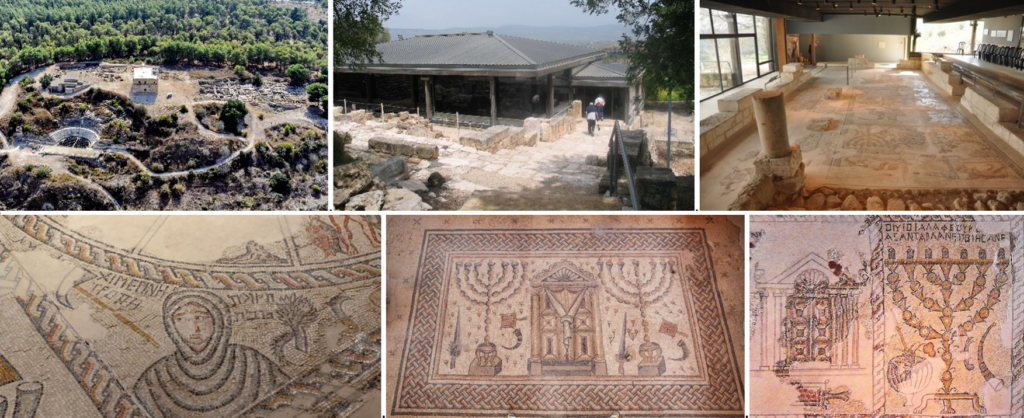
Parshat Bo (בא – va), Exodus 10, 1 to 13, 16.
Gd unleashes the last three plagues. He prescribes to the children of Israel: to count the month of Aviv1 as the first month, to sacrifice the paschal lamb, to mark the lintels of the doors and to consume unleavened bread. The children of Israel leave Egypt laden with riches. G‑d commands to consecrate the firstborn to Him.
Exodus 13, 4
הַיּוֹם, אַתֶּם יֹצְאִים, בְּחֹדֶשׁ, הָאָבִיב.
Today you are leaving, in the month of spring.
Nicknamed Ciudad de la Eterna Primavera2, Quito enjoys, throughout the year, a temperate and sunny climate and an average temperature of 20°.
In 1914, Julio Rosenstock, originally from Austria, arrived in Ecuador to participate in the construction of the railway. In the 1930s, he returned to his native country as consul for Ecuador. In 1934, he returned to Ecuador and in 1938, he founded the Israelite Association of Quito to welcome European Jews fleeing Nazism. While many countries closed their borders, Ecuador welcomed 4,500 Jews between 1933 and 1945. Due to assimilation and emigration, particularly to Israel, Ecuador had only a thousand Jews left.
The Comunidad Judía Del Ecuador synagogal complex was inaugurated in 2000. It includes: a mikveh, two synagogues, a school, a central kitchen, a restaurant and residences for Shabbat, a gym, an indoor swimming pool and a building for the ‘Hevra Kadisha.
1 He was called Nissan after he returned from captivity in Babylon.
2 City of Eternal Spring






